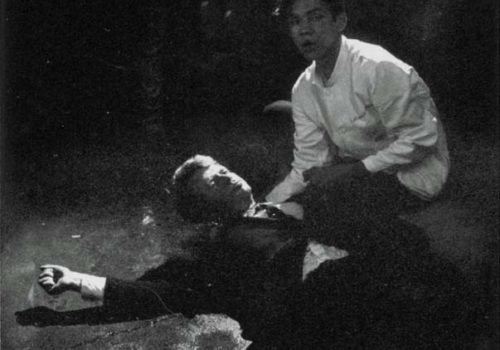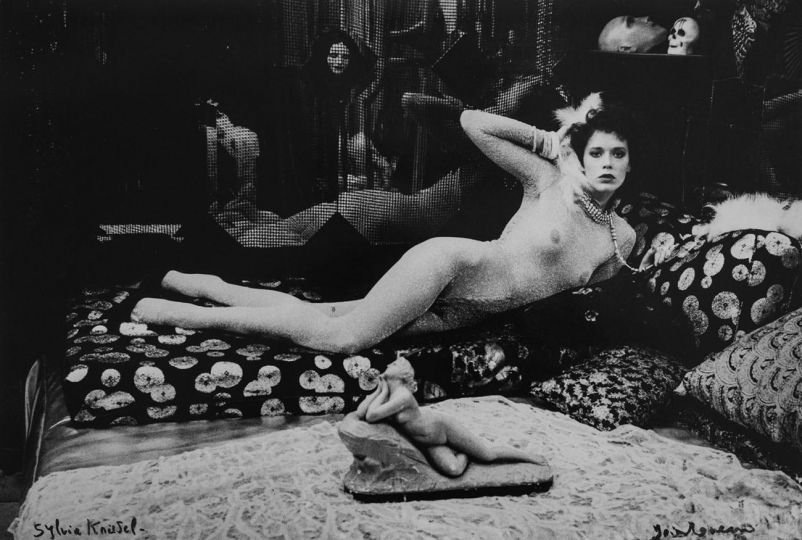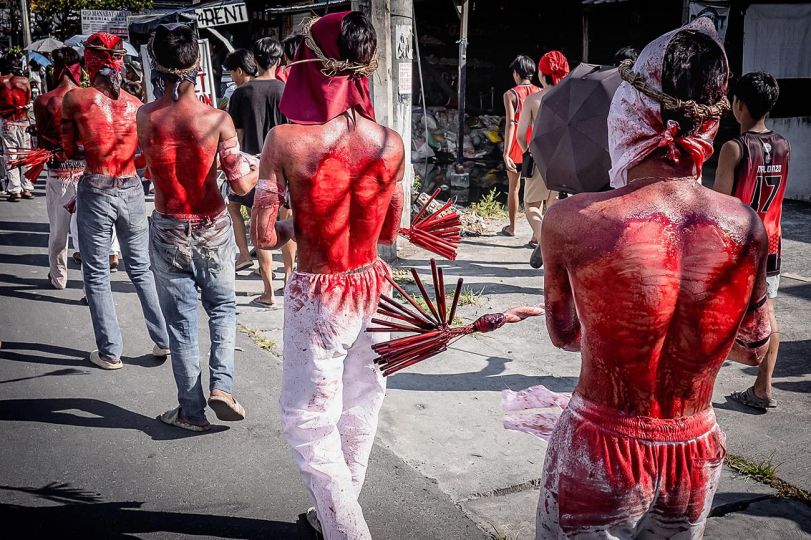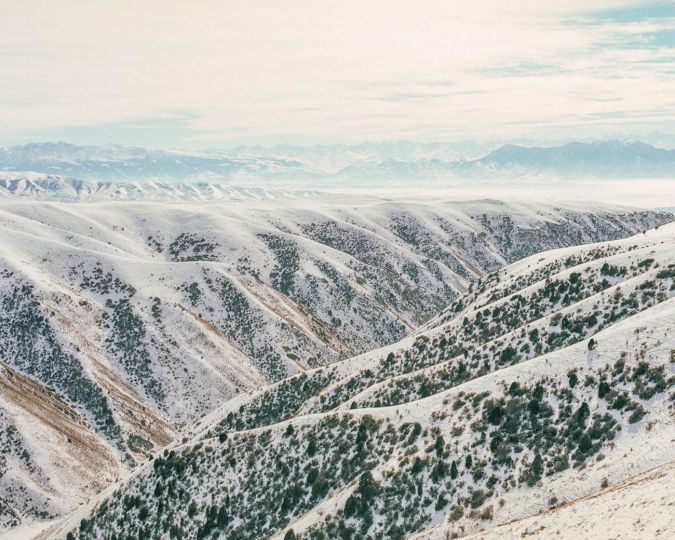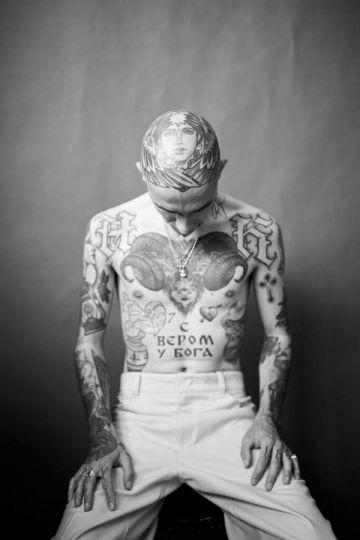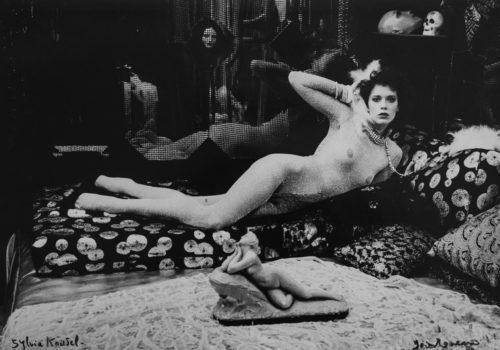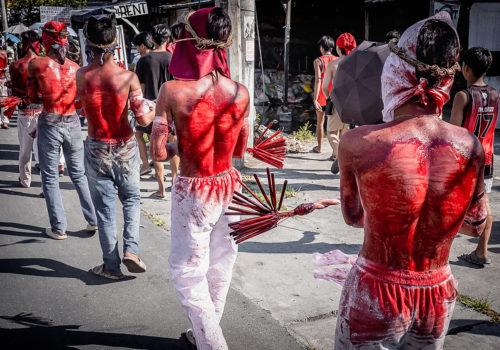I got off the stage in the hotel ballroom before Senator Robert Kennedy did. The cameramen would form a wedge in front of a political candidate. The candidate is right behind us while we’re backing through the crowd. It gives him a little bit of room to shake hands, and we can make pictures. We had this wedge formed. The Senator came down, and Bill Barry, his bodyguard, said, “This way, Senator,” and Bobby said, “No, Bill, I’m going this way,” and pointed back to the kitchen. Barry said to him again, “Senator, this way.” Kennedy said, “Bill, I’m going this way,” and he turned and he went, which meant he went on his own. He had no wedge in front of him. He didn’t have his protection. He didn’t have us in front of him.
We scrambled to catch up with him. There was a curtain you went through to get into the kitchen. I was just at the curtain with Jimmy Wilson, a CBS cameraman, and I heard the shots. I grew up hunting, and I knew exactly what they were. I grabbed Jimmy and said, “Jimmy, .25 caliber.“ We proceeded a couple of feet, but it seemed like a mile. We came upon a body on the floor, bleeding, and Jimmy Wilson put on his camera light, and we realized it was a representative of the AFL-CIO. Sirhan fired eight shots. He hit the Senator three times and hit five other people. Then we came upon the Senator. He was lying there with his head toward me, and Jimmy stopped there. He loved the Senator, and he started breaking down. His sound man grabbed him on one side. His electrician grabbed him by the other side. On the film you can hear them yelling, “Shoot, Jimmy, shoot!” One of them actually had Jimmy’s hand and was squeezing it on the trigger of his Arriflex camera. They made sure that Jimmy kept shooting.
I looked, and I did something that you should never do. I didn’t take a picture. I went around to the other side, to the Senator’s feet. Before I got there, there was a pile of people on the ground, and I realized that they were on top of somebody. Things seem to happen very slowly when something like this happens. I recognized who was in that pile. It was Bill Barry. It was Roosevelt Grier and Rafer Johnson and George Plimpton. Somebody was yelling, “Don’t kill him. Don’t kill him!” I had to make a quick decision whether to shoot that or to turn to the Senator.
I couldn’t see Sirhan, and I turned, and there in front of me was the Senator on the floor being held by the busboy. There was nobody else around, and I made my first frame, and I forgot to focus the camera. The second frame was a little more in focus, and the busboy is looking down at him. And then just for a second, while everything was open, the busboy looked up, and he had this look in his eye. I made that picture, and then suddenly the whole situation closed in again. And it became bedlam.
People started coming in swarms. People coming in to help and people bending over. I kept shooting …. I felt that it was my job—my duty—to make all the pictures I could make. I made pictures until I felt that if I didn’t leave, I was going to get thrown out. I had the camera hanging around my neck, and I went to hold the crowd back. Jimmy Wilson had run out of film, and he threw—smashed—his camera on the floor and ran into the crowd. He became a one-man crowd mover. He was pushing them all the way back, all over the place. He turned into a maniac, almost. I went and I held my arms out to hold the crowd back, knowing that they would not throw me out of the room if I looked like I was doing something worthwhile.
I had a camera dangling around my neck, and Ethel was right there in front of me, leaning over the Senator, talking to him very quietly. So quiet you couldn’t hear. But I know that he was moving his lips, and I knew she was talking to him. They were saying something, but I couldn’t hear. Every once in a while, I would reach down and go click. When I felt nobody was watching me, I’d reach down and click off another frame.
Consequently I got that one frame that we did use of her bending over him, that I think is a rather significant moment. It’s a picture that nobody else got.
(Interviewed January 14, 1992. Excerpted from: John Loengard, LIFE Photographers: What They Saw, Boston, A Bullfinch Press Book, 1998)

